
Deadly Nightshade (Atropa belladonna): The Dangerous Beauty
Deadly nightshade, scientifically known as Atropa belladonna, is one of the most toxic plants in the world. Its ominous name reflects its reputation as a plant of both beauty and danger. Native to Europe, North Africa, and parts of Asia, this perennial herb has a long history of use in medicine, folklore, and even poisonings.
Appearance of Deadly Nightshade
- Flowers: Bell-shaped, purple-brown with a greenish tinge, blooming from midsummer to early autumn.
- Fruits: Shiny black berries about the size of cherries, highly tempting in appearance but extremely toxic.
- Leaves: Oval-shaped, dark green, and slightly pointed, often growing in pairs.
- Height: Grows between 2 and 4 feet tall, with branching stems.
Toxic Compounds
Deadly nightshade contains powerful alkaloids, including:
- Atropine
- Scopolamine
- Hyoscyamine
These alkaloids affect the central nervous system and can cause severe, life-threatening symptoms even in small amounts.
How Deadly Nightshade Affects the Body
The plant’s alkaloids act as anticholinergics, blocking the action of the neurotransmitter acetylcholine. This disrupts many vital bodily functions, leading to symptoms such as:
Symptoms of Poisoning
- Dry mouth and difficulty swallowing
- Blurred vision and dilated pupils (often associated with belladonna exposure)
- Hallucinations and confusion
- Rapid heartbeat (tachycardia)
- Severe thirst
- Fever and flushed skin
- Seizures
- Paralysis
- Coma and death in severe cases due to respiratory failure
Danger to Humans and Animals
- Humans:
- Even 2-5 berries can be fatal for a child, while 10-20 berries can kill an adult.
- The leaves and roots are also extremely toxic.
- Pets and Livestock:
- Animals like dogs, cats, and grazing livestock are at risk if they consume any part of the plant.
- Symptoms include salivation, dilated pupils, restlessness, and convulsions.
How to Stay Safe
- Avoid Handling the Plant:
- Wear gloves if you need to remove it from your garden, as its toxins can be absorbed through the skin or mucous membranes.
- Educate Children and Pets:
- Teach children not to eat wild berries, no matter how tempting they look.
- Keep pets away from areas where the plant grows.
- Identify and Remove:
- Familiarize yourself with the appearance of deadly nightshade and remove it if found near homes or playgrounds.
Interesting Facts About Deadly Nightshade
- Name Origin: The name “belladonna” means “beautiful lady” in Italian, referring to its historical cosmetic use.
- Symbolism: Often associated with death, danger, and mystery in folklore and literature.
- Use in Medicine: Despite its toxicity, modern medicine still uses derivatives like atropine in controlled doses for various treatments.
Deadly Nightshade is a captivating and highly dangerous plant. While its striking appearance may add intrigue to gardens or wild landscapes, its toxic nature demands caution. By understanding its risks and historical significance, you can appreciate the fascinating story of deadly nightshade while ensuring the safety of yourself and those around you. Admire from afar, but never handle carelessly!
News in the same category


The Ultimate Nut Guide for Seniors: 4 Healthy Choices and 4 to Skip
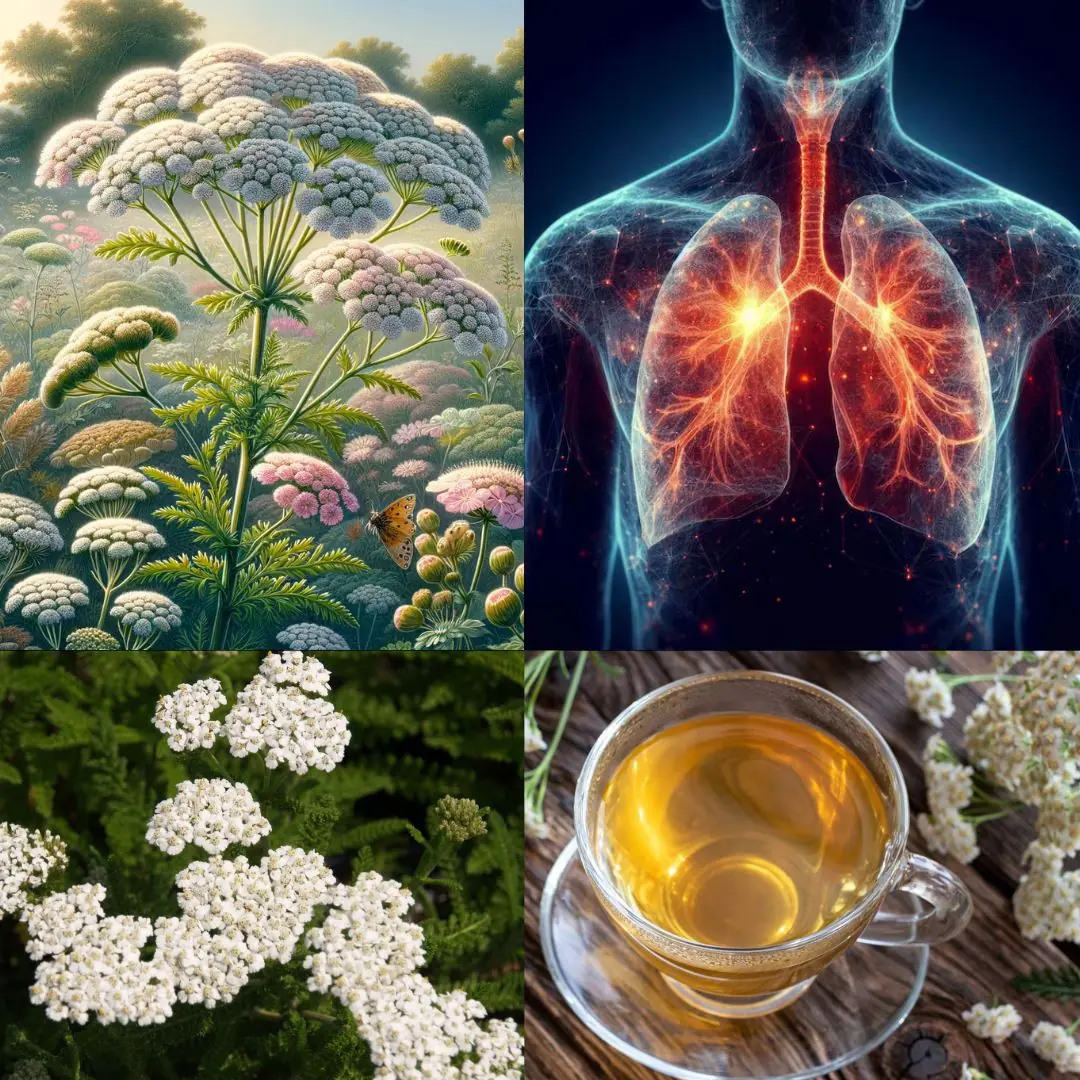
Yarroway – the herb that can save the day
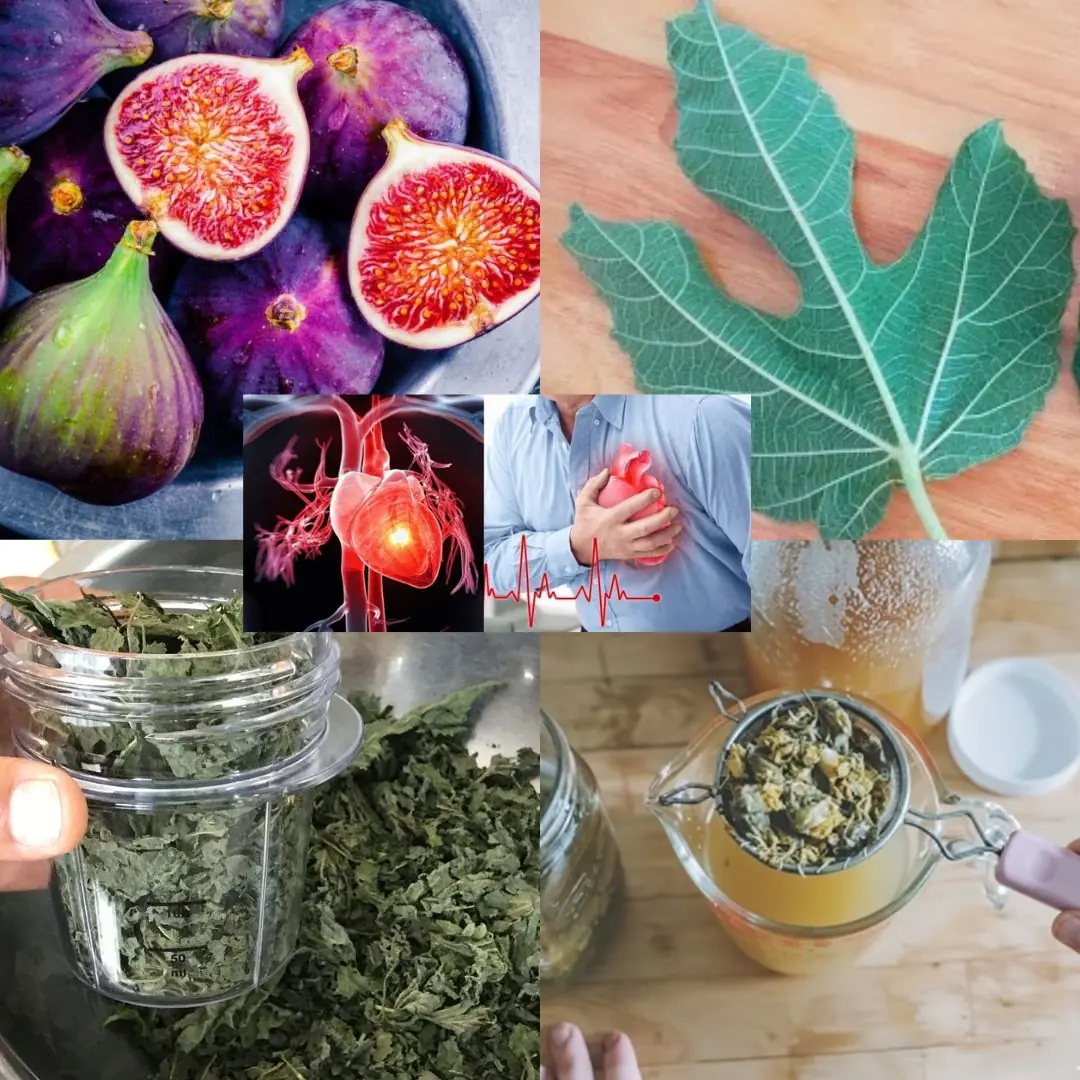
Fig Leaves: Surprising Benefits and Uses
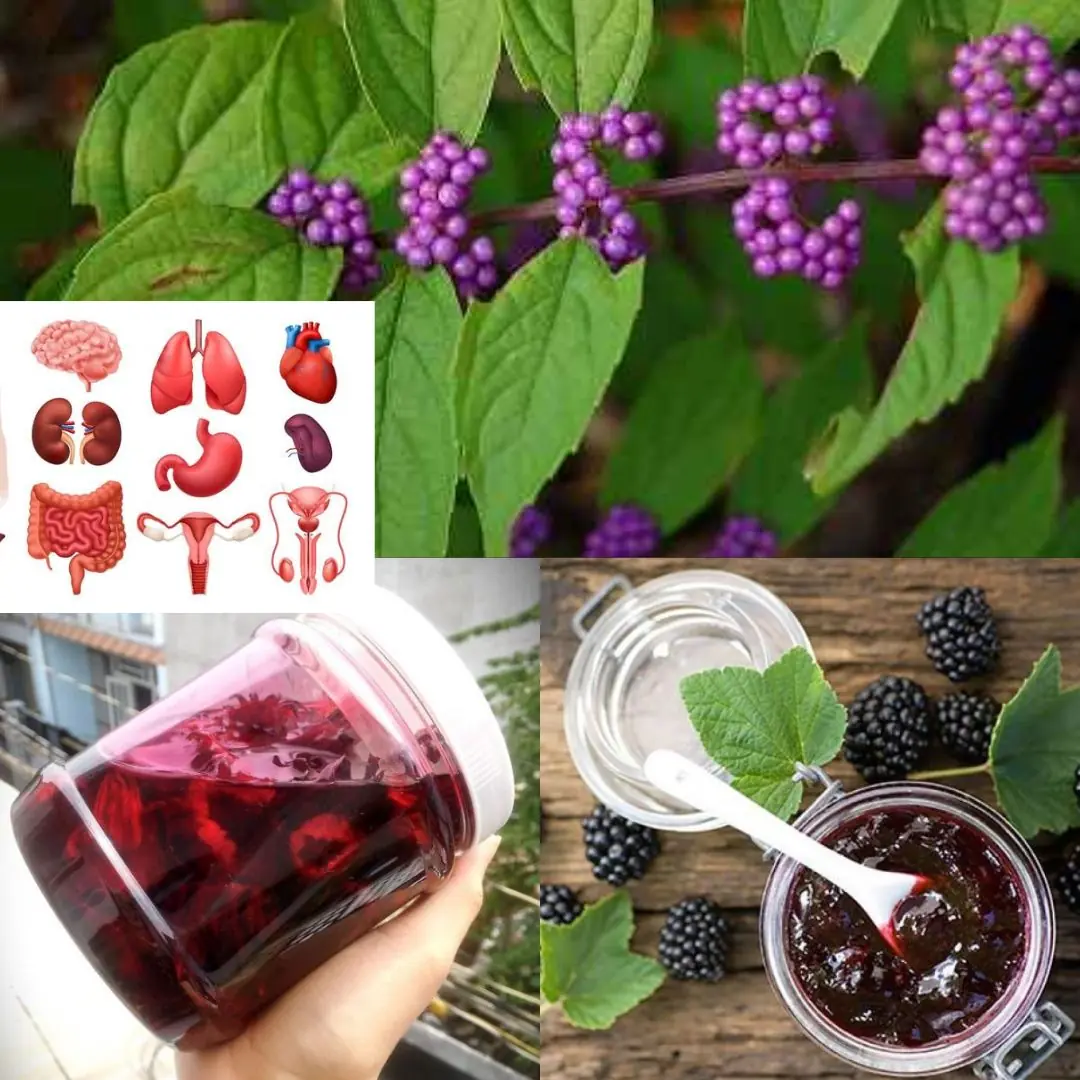
American Beautyberry (Callicarpa americana): Benefits and How to Use It

Holding Cloves in Your Mouth: A Natural Way to Relieve Toothache
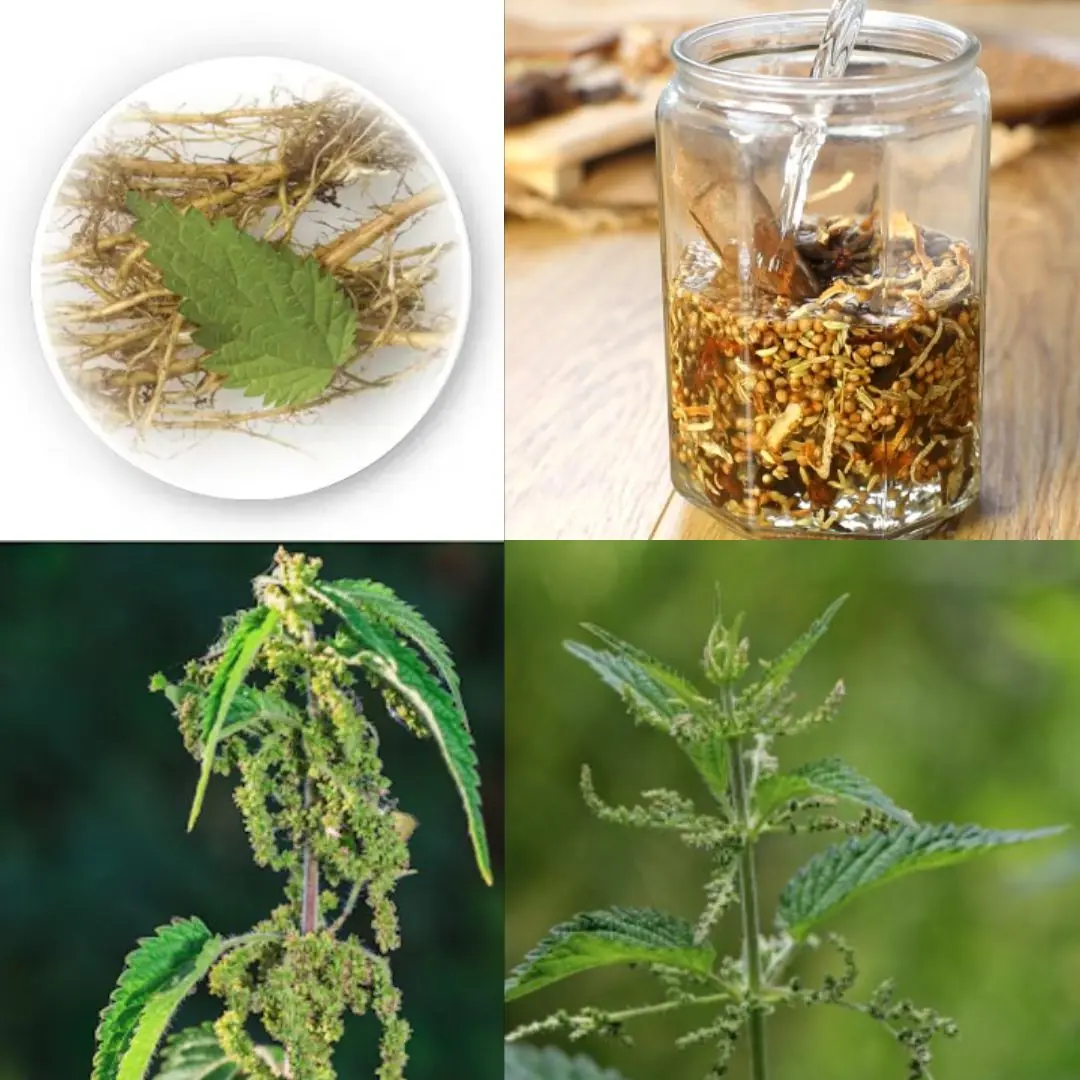
Everybody Hates Stinging Nettle, But Most People Don’t Know the Power of Its Root

13 Reasons You Should Eat Eggs and Sweet Potatoes Every Morning
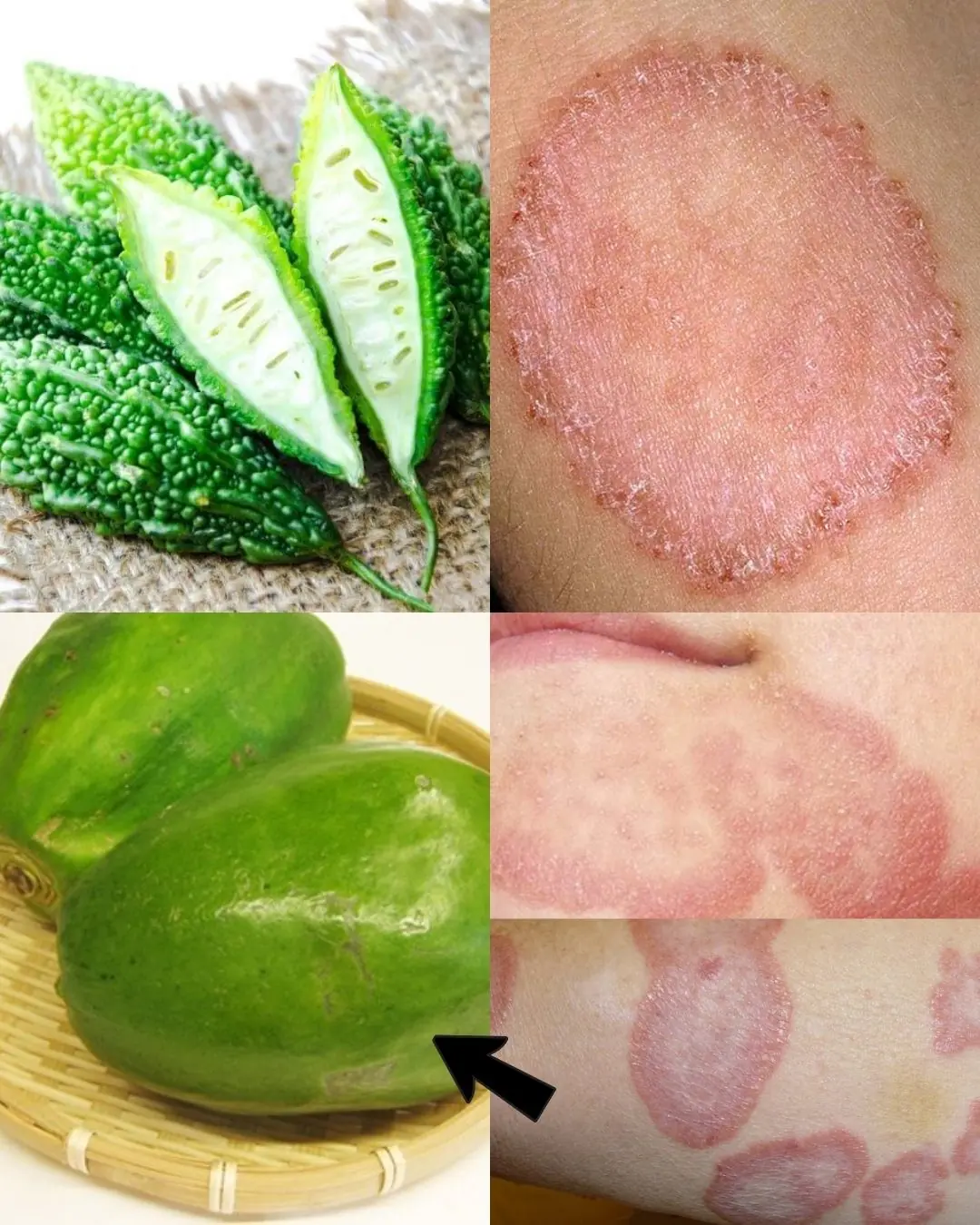
9 Powerful Home Remedies to Get Rid of Fungal Infection (Daad, Khaj, Khujli) Fast
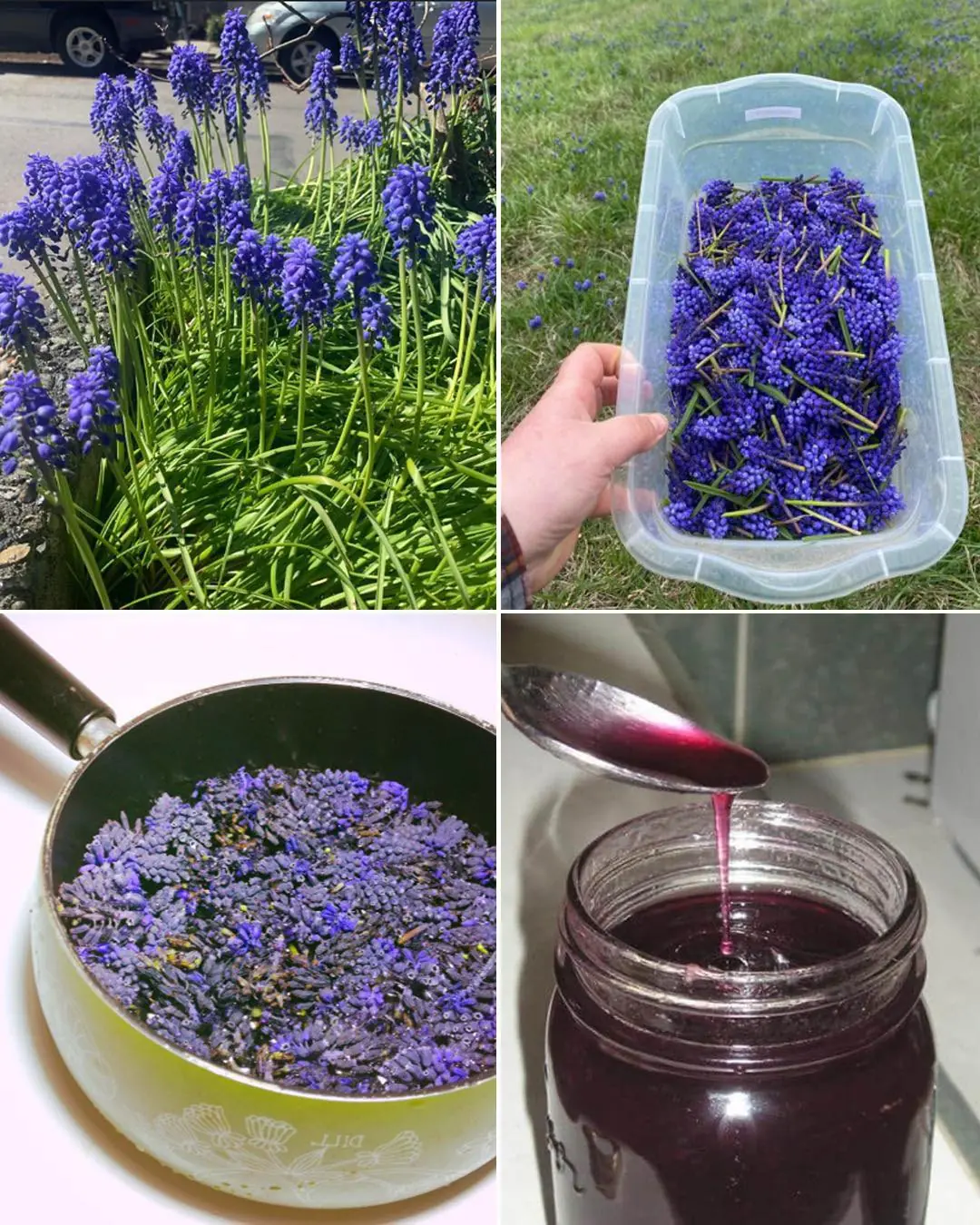
Grape Hyacinth (Muscari): A Tiny Spring Wonder with Surprising Benefits and Uses
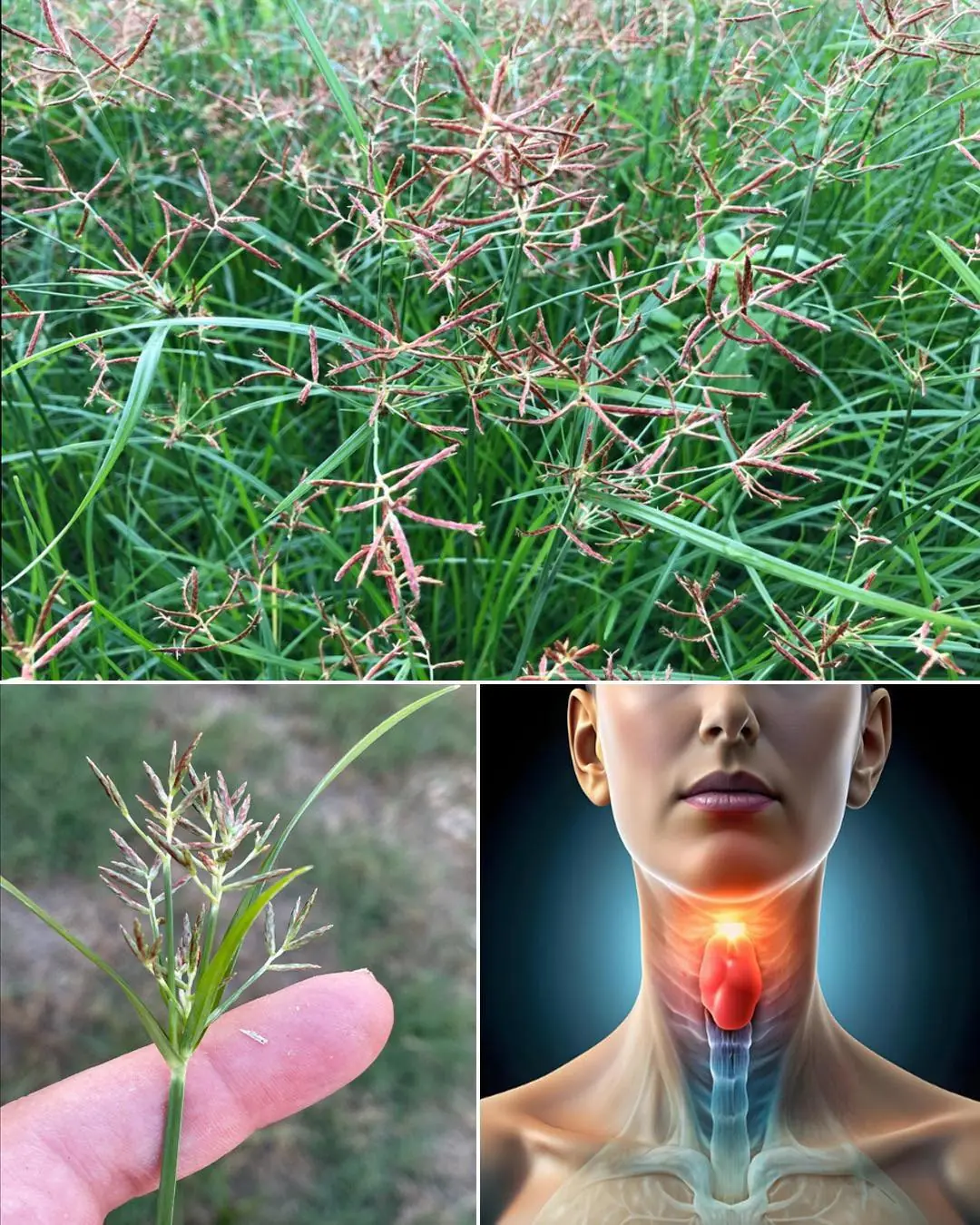
Cyperus Rotundus: The Ancient Herb with Modern Healing Power
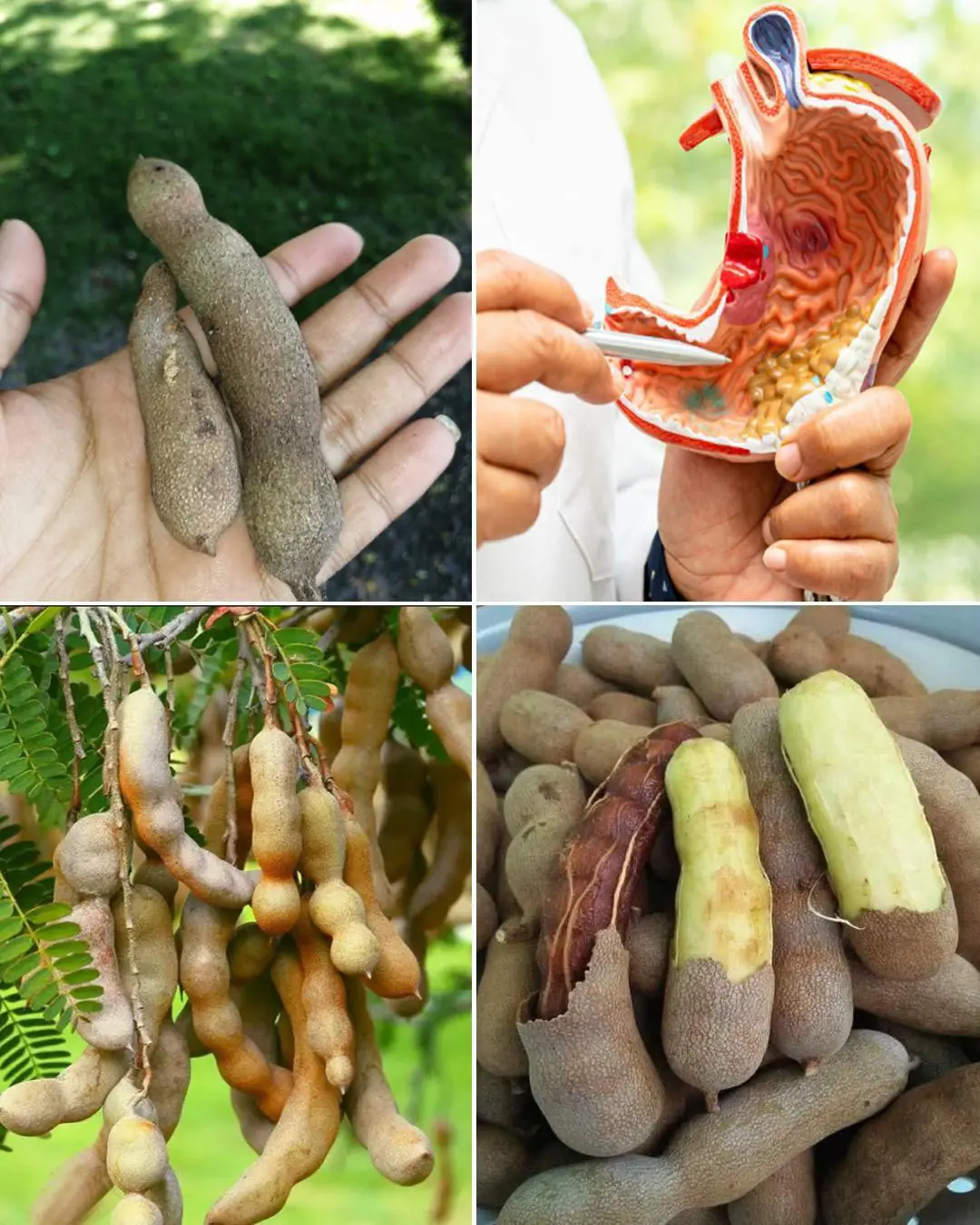
The Power of Tamarind Fruits: Sweet, Sour & Supercharged with Health Benefits
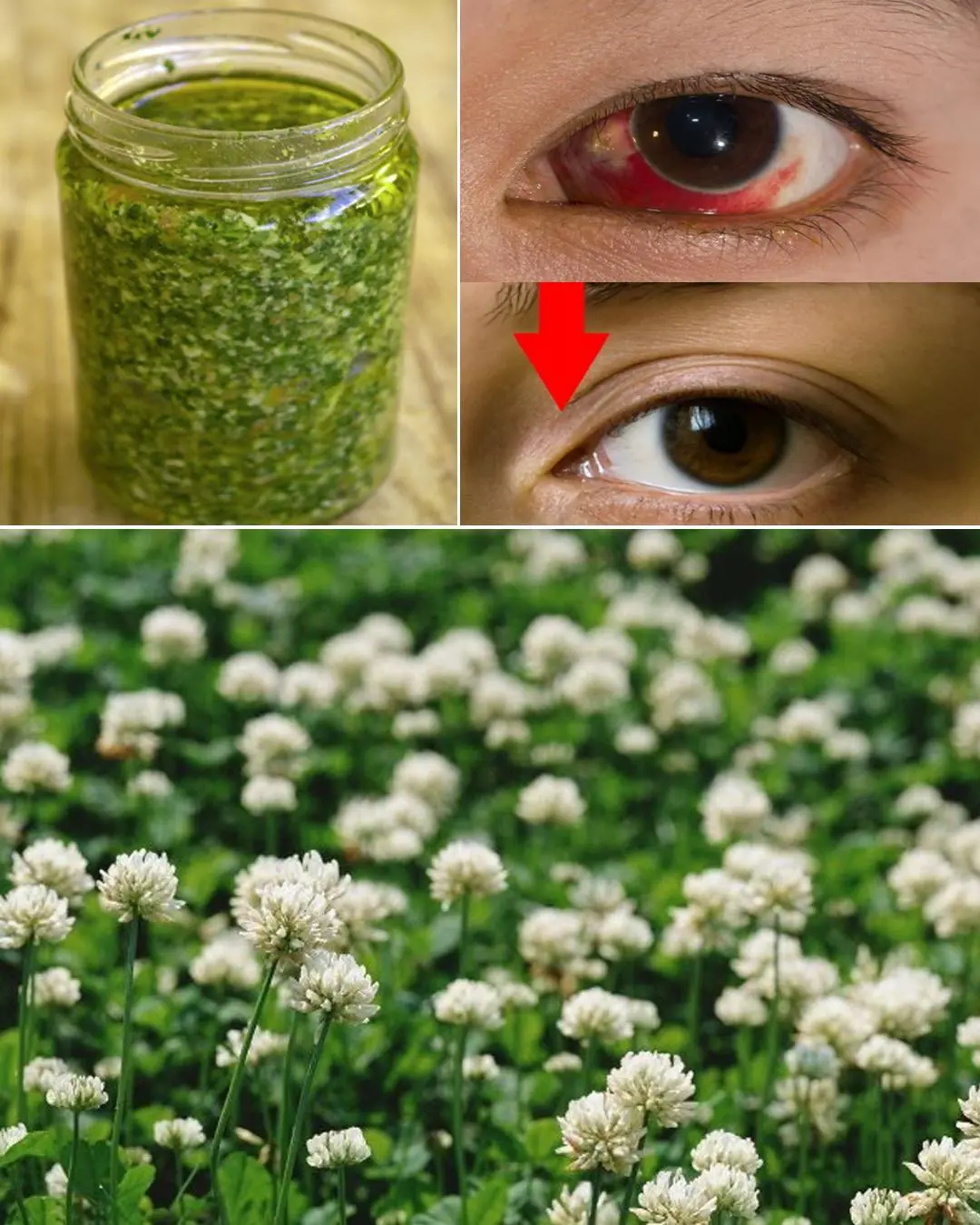
Sessile Joyweed (Alternanthera sessilis): 6 Incredible Health Benefits and How to Use It Naturally
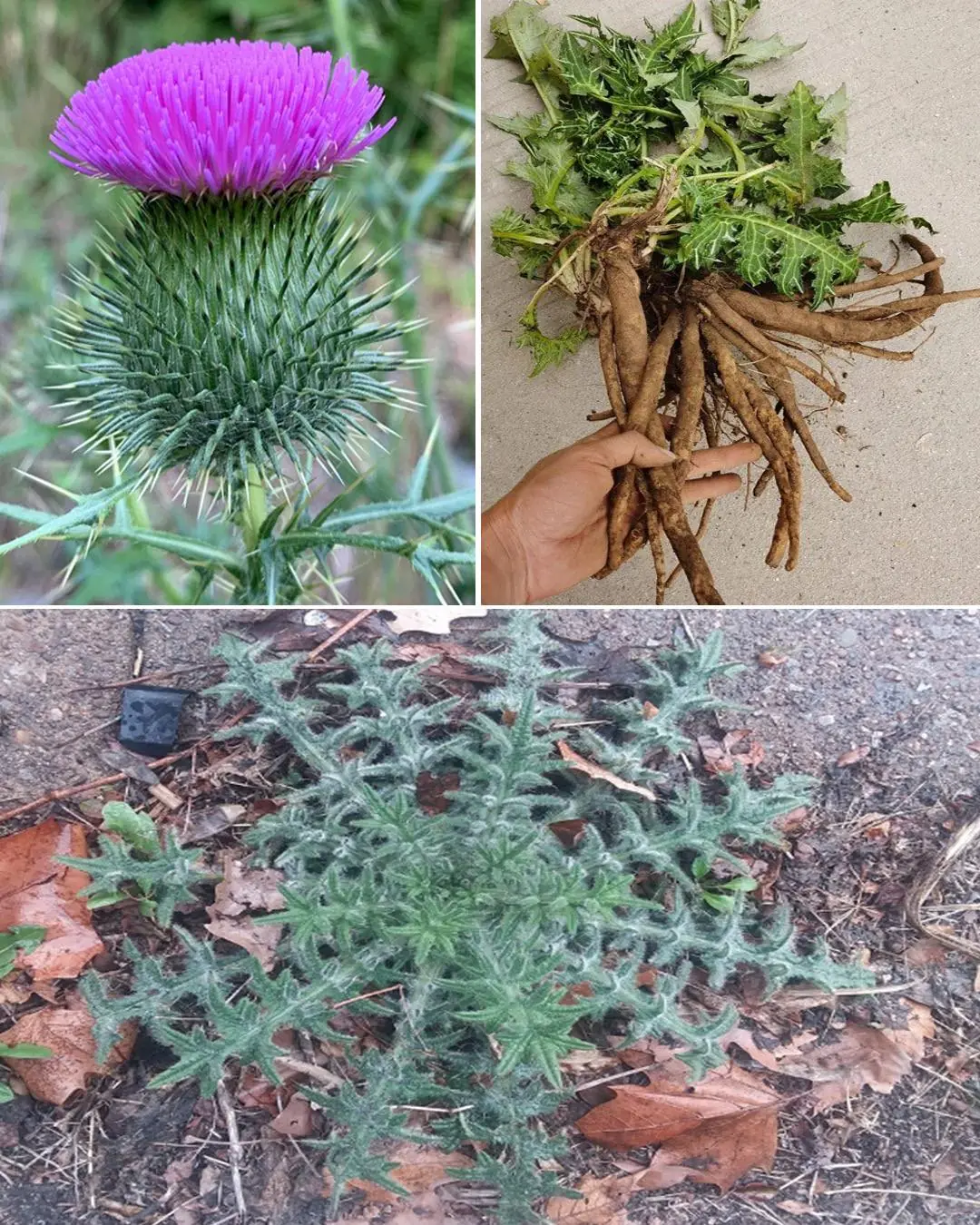
Bull Thistle Root Benefits: Uses, Healing Properties, and How to Prepare It
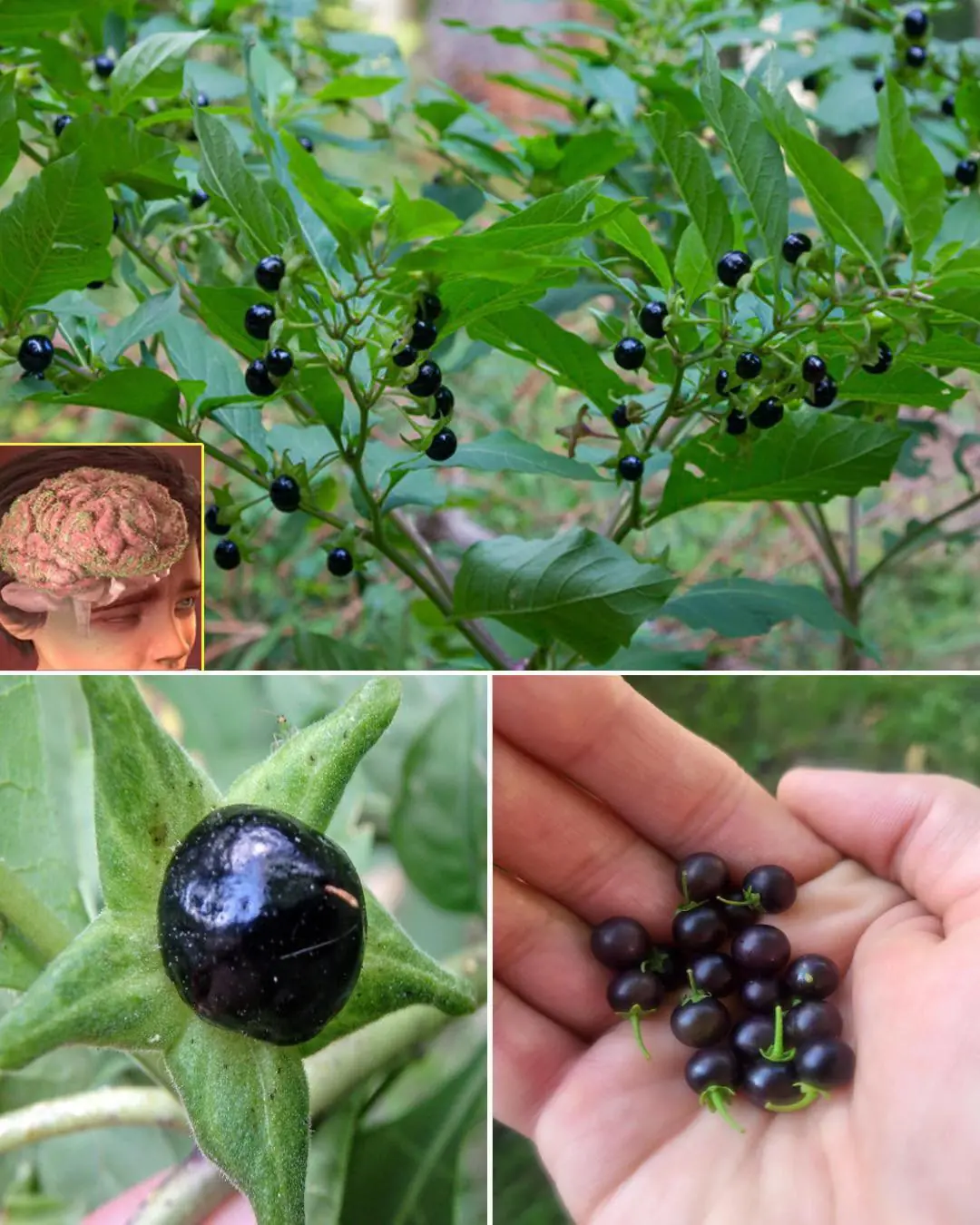
Deadly Nightshade (Atropa belladonna): The Dangerous Beauty
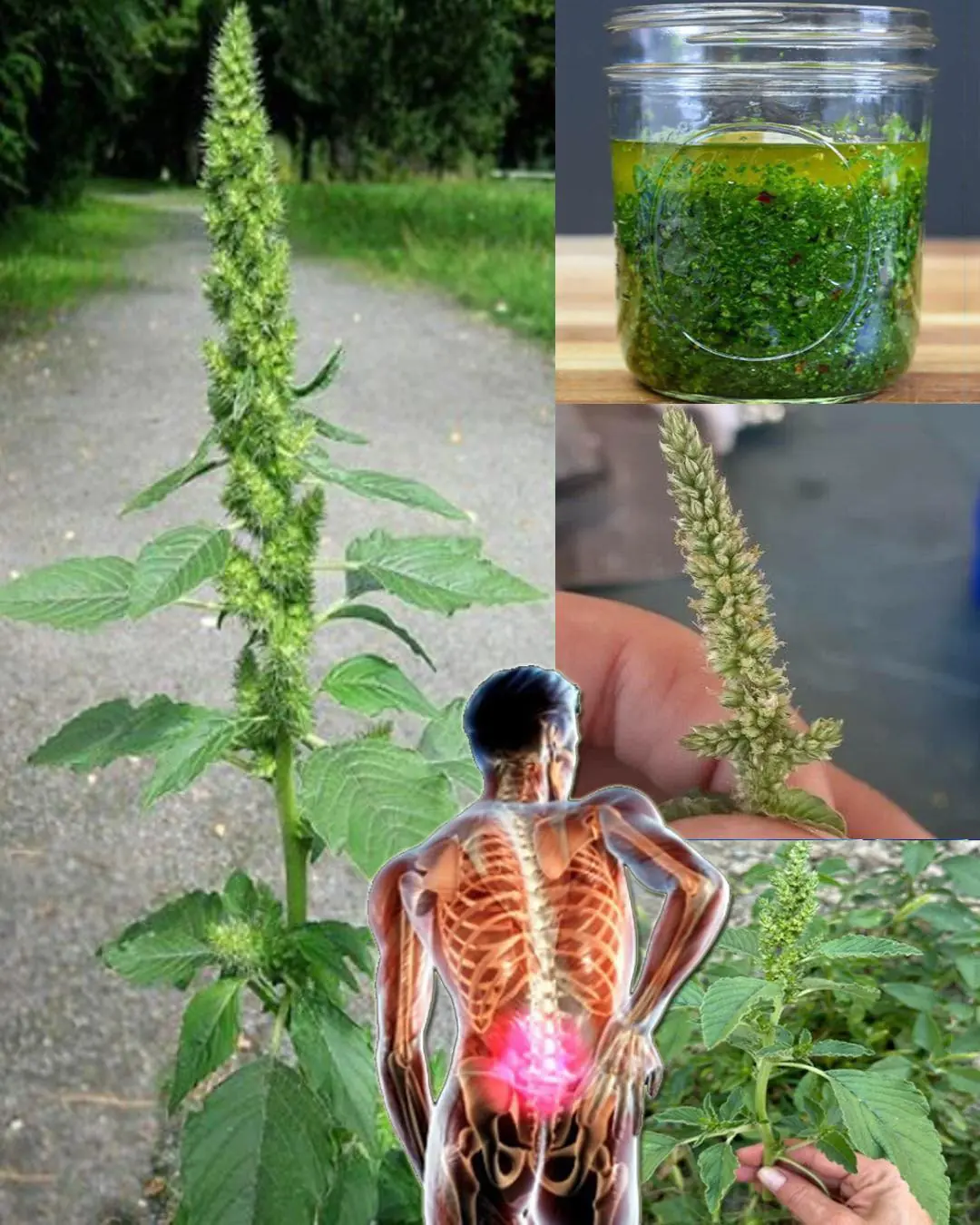
Health benefits of Pigweed
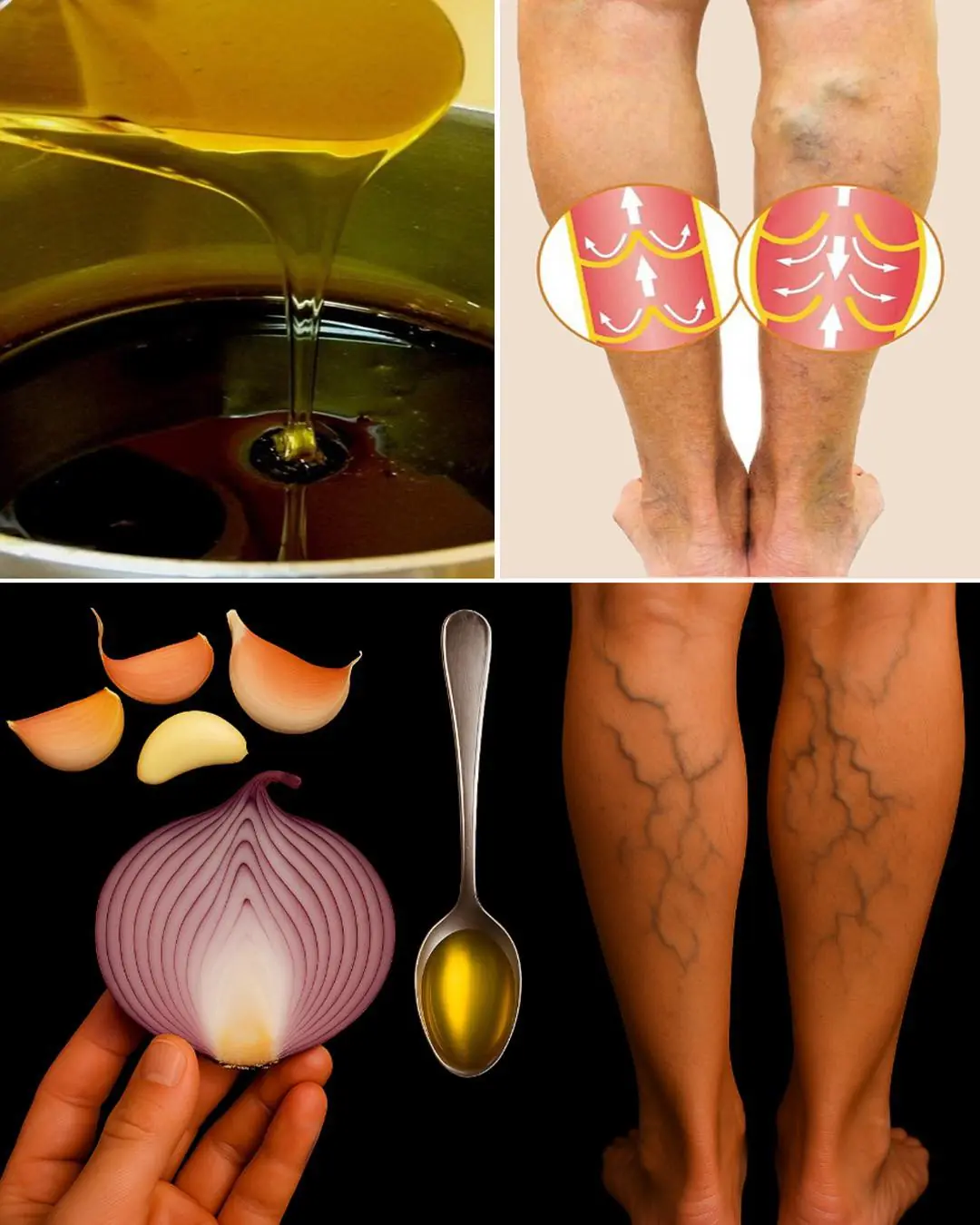
Onion, Garlic, and Olive Oil Remedy for Varicose Veins: Natural Treatment and Benefits
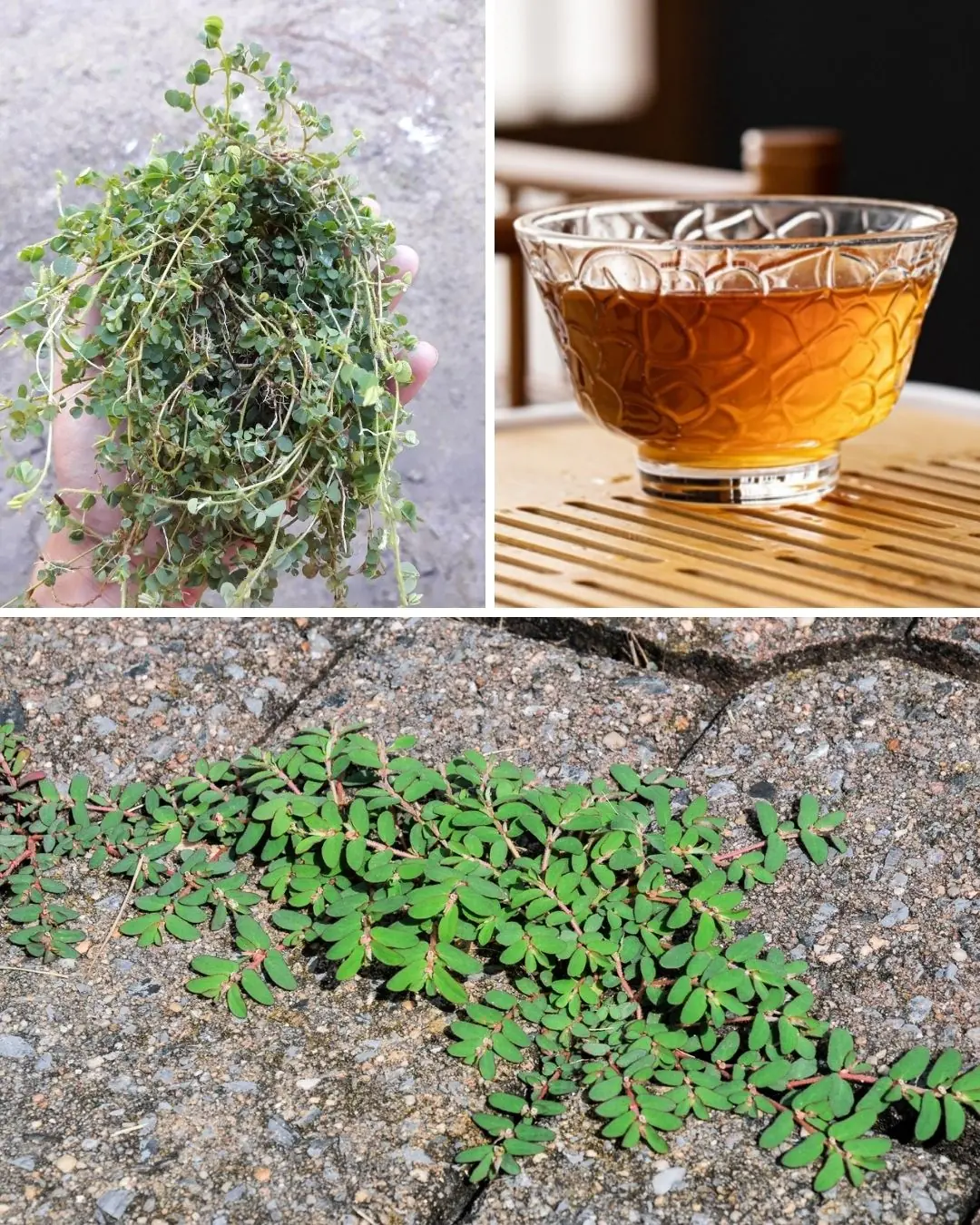
The Health Benefits of Euphorbia Thymifolia: A Powerful Yet Overlooked Herb 🌿✨
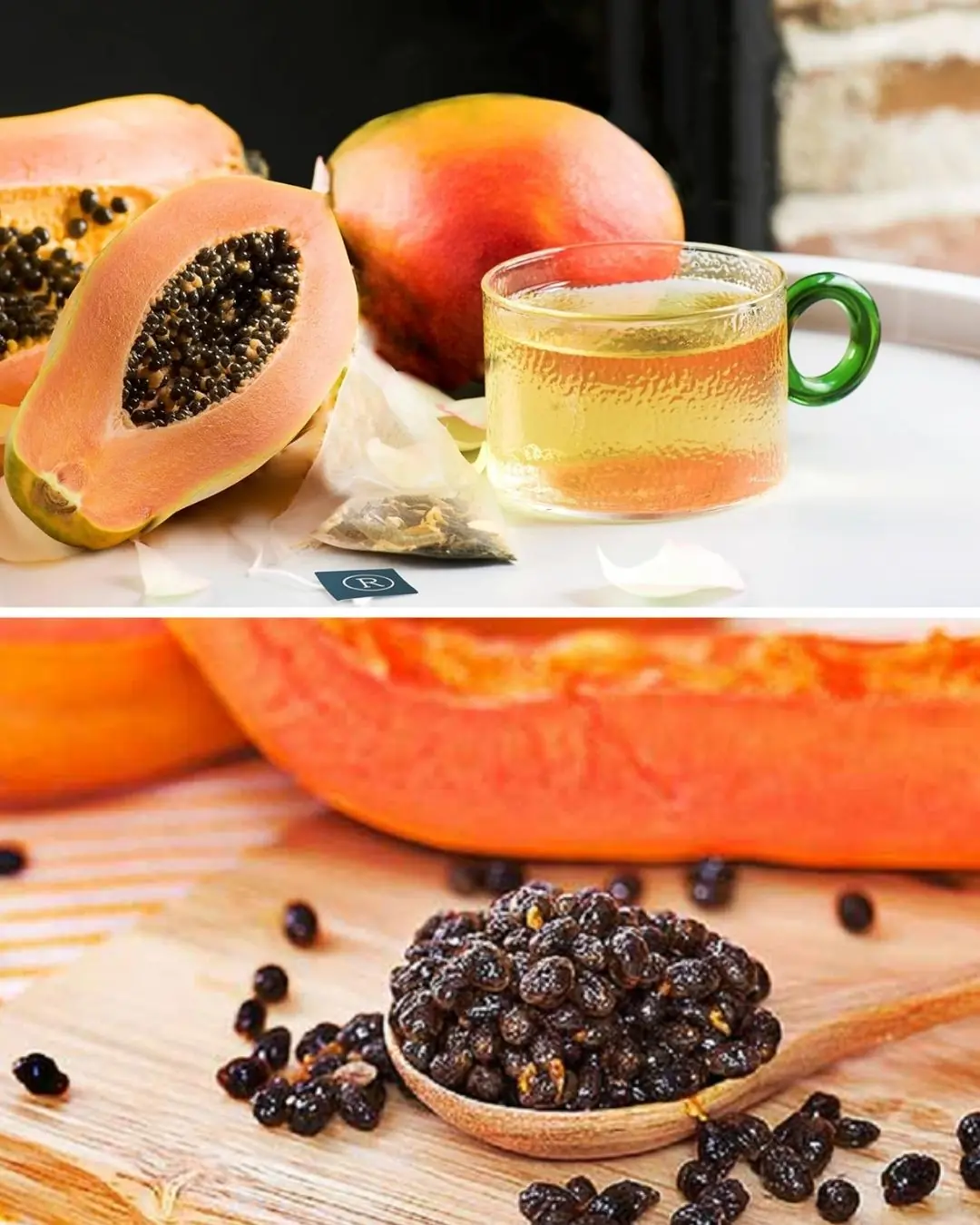
The Powerful Health Benefits of Papaya Seeds: Why You Should Include Them in Your Diet
News Post

7 Common Health Issues That Keep Appearing Could Be Early Warning Signs of Cancer

Small Life Hacks That Can Be Life-Saving

How to Sharpen Dull Scissors Without a Sharpening Stone: Simple and Effective Method

The Best Scientifically Proven Foods to Cleanse Your Liver

Flush the toxins silently damaging your kidneys — with these 13 powerful cleansing foods

The Best Natural Gout Treatments: Remove Uric Acid Crystallization To Prevent Gout And Joint Pain

4 things your hands could be telling you about the health of your kidneys

The Secret to Caring for Your Aging Skin – Gentle, Effective & Realistic

When Staying Alone in a Hotel: Place Two Cups on the Door Handle – A Small Action with Big Benefits

15 Things You Should Never Do to Protect Yourself from Lightning During Thunderstorms

12 Amazing Benefits of Drinking Baking Soda Water Daily

5 Deficiencies Almost Everyone Has (And Doesn’t Know About)

Osteoporosis Is Scurvy of the Bone, Not Calcium Deficiency

This olive oil fasting trick resets insulin resistance — and triggers deep cellular cleanup

The Ultimate Nut Guide for Seniors: 4 Healthy Choices and 4 to Skip

The Man Who Walks for Dogs: Edgardo Perros’ 8,500-Mile Mission of Compassion

The Dog Who Went Out and Never Came Back the Same

To cook any kind of fish, just add a handful of these leaves: the fish will lose all its fishy smell and the meat will be rich and firm.

Great tips when growing pothos, in just 3 months the plant will form a beautiful green carpet
